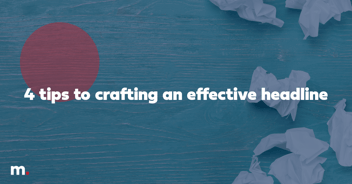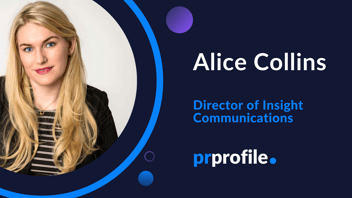 The PwC tax scandal continues to rock the corporate world, calling into question the practices of one of Australia's most well-known organisations. As the story continues to unfold, there are some learnings to be gained from its initial coverage in the media. How big of a news story was it? Did it make headlines everywhere? How is the media really covering this story?
The PwC tax scandal continues to rock the corporate world, calling into question the practices of one of Australia's most well-known organisations. As the story continues to unfold, there are some learnings to be gained from its initial coverage in the media. How big of a news story was it? Did it make headlines everywhere? How is the media really covering this story?
The answer is not as simple as it may look. When navigating a PR or communications crisis, going by ‘gut-feel’ can misguide your efforts at a time when every move needs to be right and well-informed. In order to focus on what matters, brands and organisations trying to gain control of a crisis need to not only track mentions and commentary around the issue, but truly understand the journalists and outlets involved, as well as their reader audiences.
As an example, looking at the coverage on six prominent newspapers in May we know that the Australian Financial Review (AFR) became the first media outlet to break the full extent of the PwC tax scandal on May 3, following leaks earlier in the year. Since the publication of Neil Chenoweth and Edmund Tadros' story titled "'For your eyes only': How PwC leaks helped global clients dodge tax," the AFR published an additional 64 online news articles on the topic throughout May.
The AFR prominently featured the PwC tax scandal during May on its front pages, with a total of 19 stories related to the unfolding events.
But was this the case for the other national broadsheet? The answer is no. The Australian, had just one front-page story on the matter in May.
And what about the other prominent mastheads? Turns out that in terms of front-page coverage, News Corp's Sydney and Melbourne mastheads, the Herald Sun and The Daily Telegraph, did not publish any stories related to the PwC tax scandal. Nine Publishing's Melbourne and Sydney mastheads however, produced a combined nine front-page stories, with The Age publishing six and the Sydney Morning Herald featuring three.
So what can we learn from this discrepancy in coverage across Australia’s top newspapers? Hear directly from Mackenzie in her video overview or keep reading below.
First of all, perception doesn’t always match reality. While the PwC tax scandal has been generating widespread conversation both inside and outside of the media since the beginning of May, the breakdown of its sources presents a valuable lesson in understanding perception vs. reality. With the AFR acting as the loudest voice on the scandal, the conversation can be seen as largely concentrated on one leading newspaper, rather than dominating the broader media landscape.
Understand your journalist audience to focus your efforts. During a PR/comms crisis, it is crucial for organisations to identify the journalists writing about them and those who are not. The prominent coverage of the PwC story by the AFR reflects its specific interest in areas of finance and corporate affairs. In contrast, The Australian, with its broader scope, allocated limited front-page coverage to the scandal. Recognising the journalists who are interested in covering your organisation/brand can help tailor your communication efforts effectively.
And finally, get to know your reader audience. The varied volume of prominent coverage of the PwC tax scandal across the national and metro newspapers shows the value of understanding the reputational impact of a story across various demographics. It poses the question of who is actually reading about your organisation (in the case of PwC, AFR readers) vs. who is not (News Corp metro readers).
While the issue is still unfolding following the release of the Senate report ‘PwC: A calculated breach of trust’ in mid-June and the announcement of the intent to divest its Government Business on 25 June, the PwC tax scandal serves as a valuable case study in how essential it is to look beyond a spike in mentions or negative sentiment in your media monitoring dashboards. It is in those critical times that it becomes essential to use data and analysis to distinguish perception from reality to respond to and navigate crises effectively whilst crafting messaging that resonates with the right audiences.
Mackenzie Leyden is a senior media analyst at Medianet Insights.
🏦🏦🏦
About the Author





